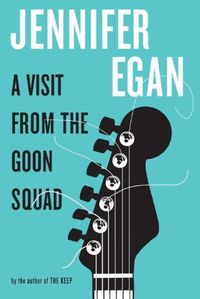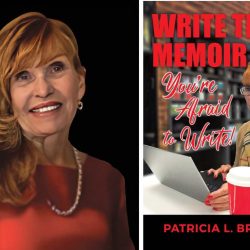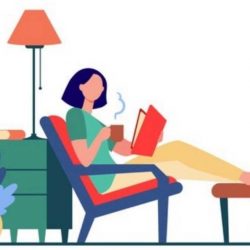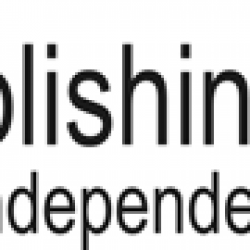
PRACTICE MAKES PERFECT- 5 BOOKS TO REWRITE YOUR OWN WAY
One of the most interesting exercises an aspiring author can try is to rewrite an existing work of literature. As some established writers will tell you, one of the biggest hurdles to clear, particularly in fiction, is just finishing. It’s easy enough to come up with an idea or write a decent chapter or scene, but putting together a full story from beginning to end, even if it’s only a rough draft, is a whole different challenge. This is perhaps the main issue at the core of this exercise. If you’re rewriting an existing story, you have a general understanding of the beginning, end, and arc in between. In a sense, you have an outline that will help you to finish the job.
To be perfectly clear, I’m not suggesting you plagiarize existing work. You can borrow all the language you’d like to get started, so long as you treat this exclusively as an exercise – a way to find out what it’s like to grind out a full story and all of its little details and elements. Or, of course, you can write a more fully reimagined version of existing work and attempt to publish it as such, so long as you go through the proper channels to make sure you aren’t infringing on any copyrights. Whatever you specifically end up doing, however, I’ve put together a short list of books you might want to start with if you decide to give this a try.
The Great Gatsby by F. Scott Fitzgerald
The Great Gatsby merits inclusion here because it’s arguably revered as the best novel of all time by a majority of Americans. Now, plenty of literary scholars would call this absurd, and ultimately it’s a matter of opinion. But Gatsby is certainly one of the most widely taught books in classes, and is mentioned among those few novels that are sometimes called “The Great American Novel.” Another reason it’s interesting for this particular exercise though – besides the idea that it’s a good idea to practice with revered material – is that it’s quite short, and revolves around a very big concept character. Rewriting or twisting Fitzgerald’s work gives you interesting character challenges to address in short time. How will you handle an everyman first-person narration? What will you do with the larger-than-life Gatsby? Is this a story about love or one about a chapter of American history?
 A Visit From The Goon Squad by Jennifer Egan
A Visit From The Goon Squad by Jennifer Egan
This book is on just about every list of the best novels of the 21st century so far, so if nothing else it’s a nice example of something you can practice with that’s contemporary. However, A Visit From The Goon Squad also experiments with a form that seems to be getting more popular – that of switching from one character’s story to the next throughout the book. Favored by major authors the likes of David Mitchell and even George R.R. Martin, as well as others, this is at once a challenging and liberating style. The core question is simple: can you push a story along through an eclectic set of perspectives?
The Invisible Man by H.G. Wells
Emerson’s The Invisible Man may be the more famous of the two stories, but the H.G. Wells horror/sci-fi novel from the late-19th century seems to be striving to make a comeback. There may be a film in the works starring Johnny Depp, and there is an online video game based on the story, curiously enough. While it’s based on the 1933 movie more specifically, it still addresses characters and themes, introducing the story in some form to countless slot gamers. For our purposes though, this is just a very pure sort of genre fiction to start with, if this is something that interests you. Modern horror and sci-fi is so convoluted and complex it can be hard to start with. Here you have a fairly simple premise: a mad scientist turns himself invisible. Where do you go from there?
Gone Girl by Gillian Flynn
There may not be a more popular mystery novel written in the last 10 years, so as with Goon Squad the idea here is to try something current and see how you do with it. With a mystery novel however I might suggest a slightly different exercise. The challenging part of a mystery is not the setup nor the reveal, but the process. So, consider taking the beginning and end of this book (or any mystery you use for practice) and writing in your own middle. In other words, know where you’re starting and where you’re going to end up, and figure out how to get there in a way that might thrill a reader.
The Lion, The Witch, & The Wardrobe by C.S. Lewis
It seems that over time, this iconic work by C.S. Lewis has become known more as a religious allegory than as a fantasy. People discuss and debate what’s Christian about the book and what message it’s ultimately pushing, without acknowledging the fact that it’s essentially a foundational piece of fantasy fiction. Published in 1950, it arguably paved the way for countless other fantasy works – from Redwall to Harry Potter, Eragon to the semi-parody The Magicians. Because fantasy is such a popular genre, and so fun to experiment with, anyone interested should try to work with this book to create something magical.






